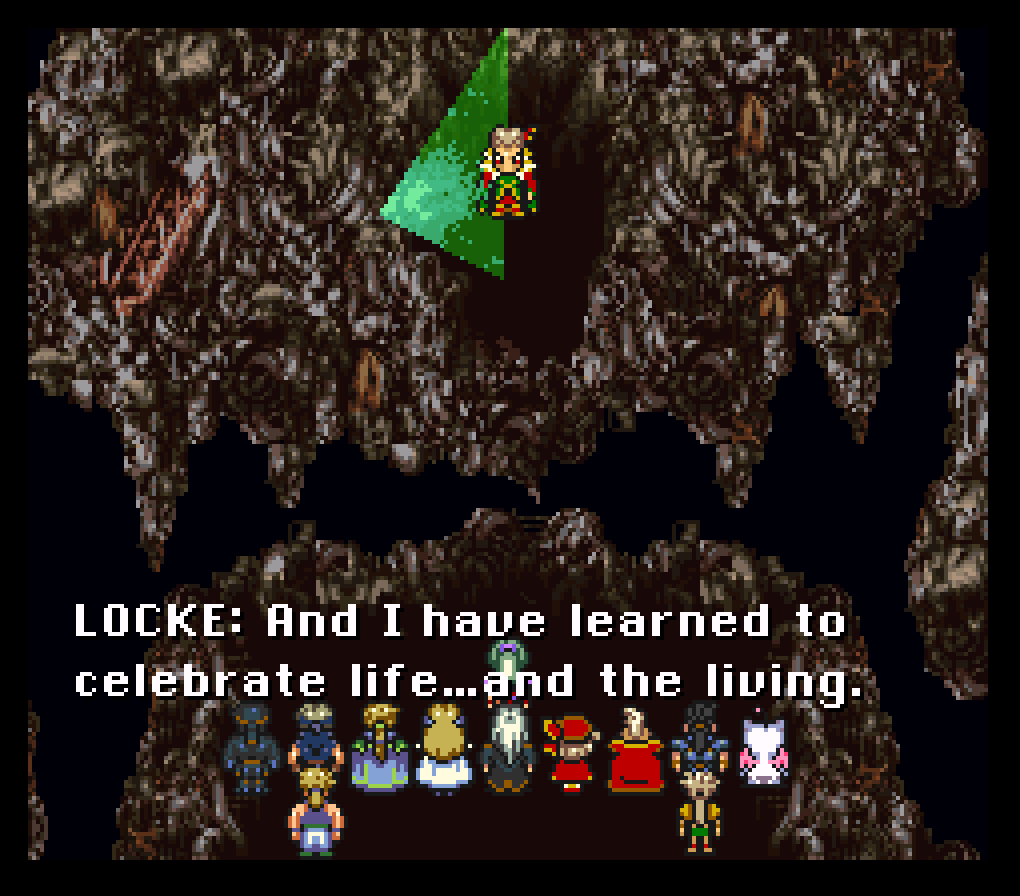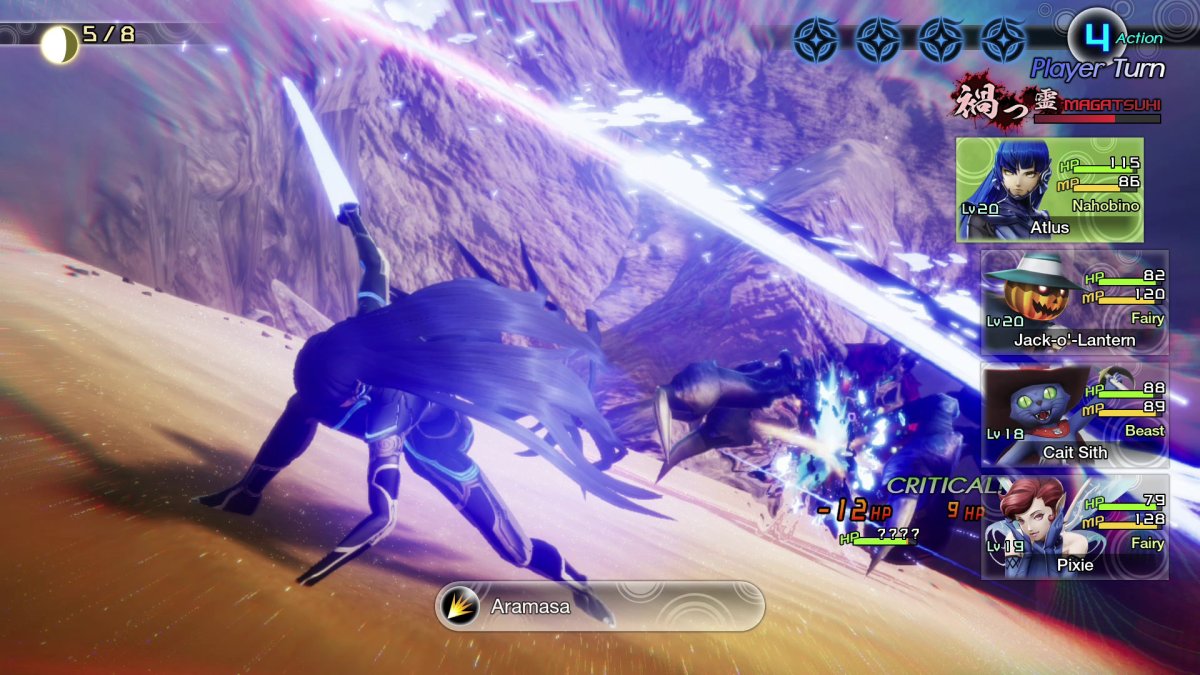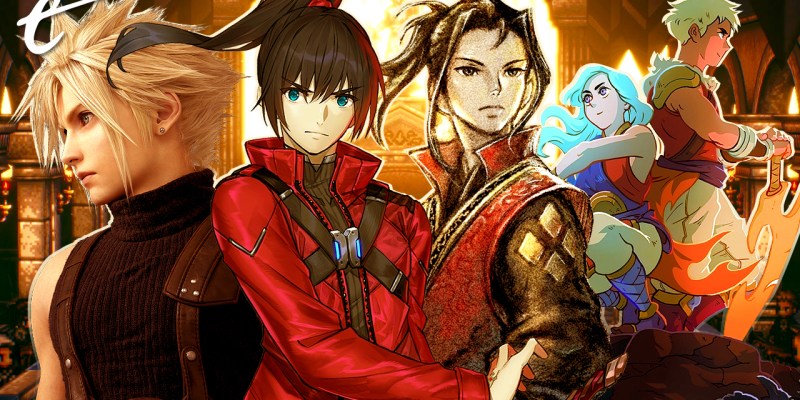If you were old enough to grip a controller in the 1990s, you may remember the mystique surrounding the Japanese RPG. Final Fantasy, Dragon Quest, Phantasy Star, and later in the decade Pokémon were the talk of school playgrounds the world over. JRPGs were enigmas from another country, shrouded in the mystery of the pre-internet era. Many had an older sibling or cousin who told their younger protégés of the epic final confrontation with Kefka or that there was, in fact, a way to catch a Mew under that truck near the S.S. Anne in Vermillion City. This was the JRPG golden age, when they rose to prominence in Western markets and continued their meteoric popularity in Japan.
I was one of those kids on the playground, spreading tales of the Sage class in Dragon Warrior III and how to recruit Magus at the North Cape in Chrono Trigger. I’d clear one of the early Pokémon games – Red or Yellow or Gold – only to immediately start the adventure over with plans for a new team. When my brother went out with friends, I’d sneak into his room to boot up his PlayStation 1 to explore the parallel dimensions of Chrono Cross on a 19” CRT television.
Not long after this period, JRPGs fell in popularity. We got some stellar titles in the early and mid 2000s, including fan favorites Dragon Quest VIII and Kingdom Hearts II, which held that same kind of mystique of their forebears, but Final Fantasy disappointed with its twelfth and thirteenth iterations. Fire Emblem: Path of Radiance and Radiant Dawn were great games that had middling sales. Games like Eternal Sonata and Lost Odyssey have been lost to time, and western-developed RPGs like Mass Effect and The Elder Scrolls IV: Oblivion overshadowed all.

But behind these Western behemoths of player freedom, great JRPGs were being released in the early-to-mid 2010s that were receiving some fanfare – Persona 4 Golden, Xenoblade Chronicles, Ni no Kuni: Wrath of the White Witch, the best Pokémon games, Black and White (and I’ll battle anyone who disagrees), and so on, steadily building a foundation that led to a flood of innovative titles up to the release of the Nintendo Switch, when the genre popped off like a Kacrackle boosted by Magic Burst.
Nintendo’s hybrid handheld has played host to countless remasters. Xenoblade Chronicles: Definitive Edition, Chrono Cross: Radical Dreamers Edition (but no Chrono Trigger?), a bunch of Final Fantasy games, Live A Live, Tactics Ogre: Reborn, and tons more. Most JRPGs originally released for other consoles also wind up on the Switch because of its massive install base, often becoming or at least receiving the best version of the game like Dragon Quest XI S and Persona 5 Royal because JRPGs often feel right when played on a handheld. And if you blur the lines of the genre a little, you could include masterpieces like Nier: Automata and Dark Souls: Remastered to this impressive library.
Last year alone I played Triangle Strategy and Pokemon Legends: Arceus and caught up with Xenoblade Chronicles 2 on the Switch. Before that, Shin Megami Tensei V, Monster Hunter Stories 2: Wings of Ruin, and Bravely Default II stole dozens of hours off my life. Elsewhere, I sunk many hours into Tales of Arise and Final Fantasy VII Remake. I haven’t had time to get into somewhat hidden gems like Scarlet Nexus. 13 Sentinels: Aegis Rim and Xenoblade Chronicles 3 are gathering dust on my shelf because there are just too many other great games. Three months into 2023, I cleared the JRPG-inspired Chained Echoes, then Fire Emblem Engage, and now I’m deep into the superb Octopath Traveler II that they definitely should’ve named Sēdecimpath Traveler.

Never has there been so much variation. While I’m no longer gossiping about Final Fantasy on a schoolground, I’m tweeting impressions, DMing friends on Instagram, joining JRPG-specific Discord servers, and writing articles about the genre for The Escapist. The mystique surrounding these Japanese games may have diminished, but they’ve never been more innovative, branching out from their turn-based roots.
JRPGs are thriving, and there’s no sign they’re going to decline again like they did in the 2000s — at least not in the near future. We’ve got more remakes and remasters of classic titles, such as Etrian Odyssey Origins Collection, Dragon Quest III HD-2D Remake, and the Suikoden I & II Remaster on the horizon. New titles like Sea of Stars and Eiyuden Chronicle: Hundred Heroes promise modern spins on nostalgic formulas. The massive, genre-defining grandfather is poised to make a return to the spotlight with the action-heavy Final Fantasy XVI, not to mention Final Fantasy VII Rebirth planned for sometime in the nebulous future.
With all these upcoming titles, the present and future of the JRPG has never looked better, putting us in the beginning or middle of a second golden age, and I can’t wait to see how the genre continues to evolve beyond our expectations, much like a Charizard evolves into a Mega Charizard.
